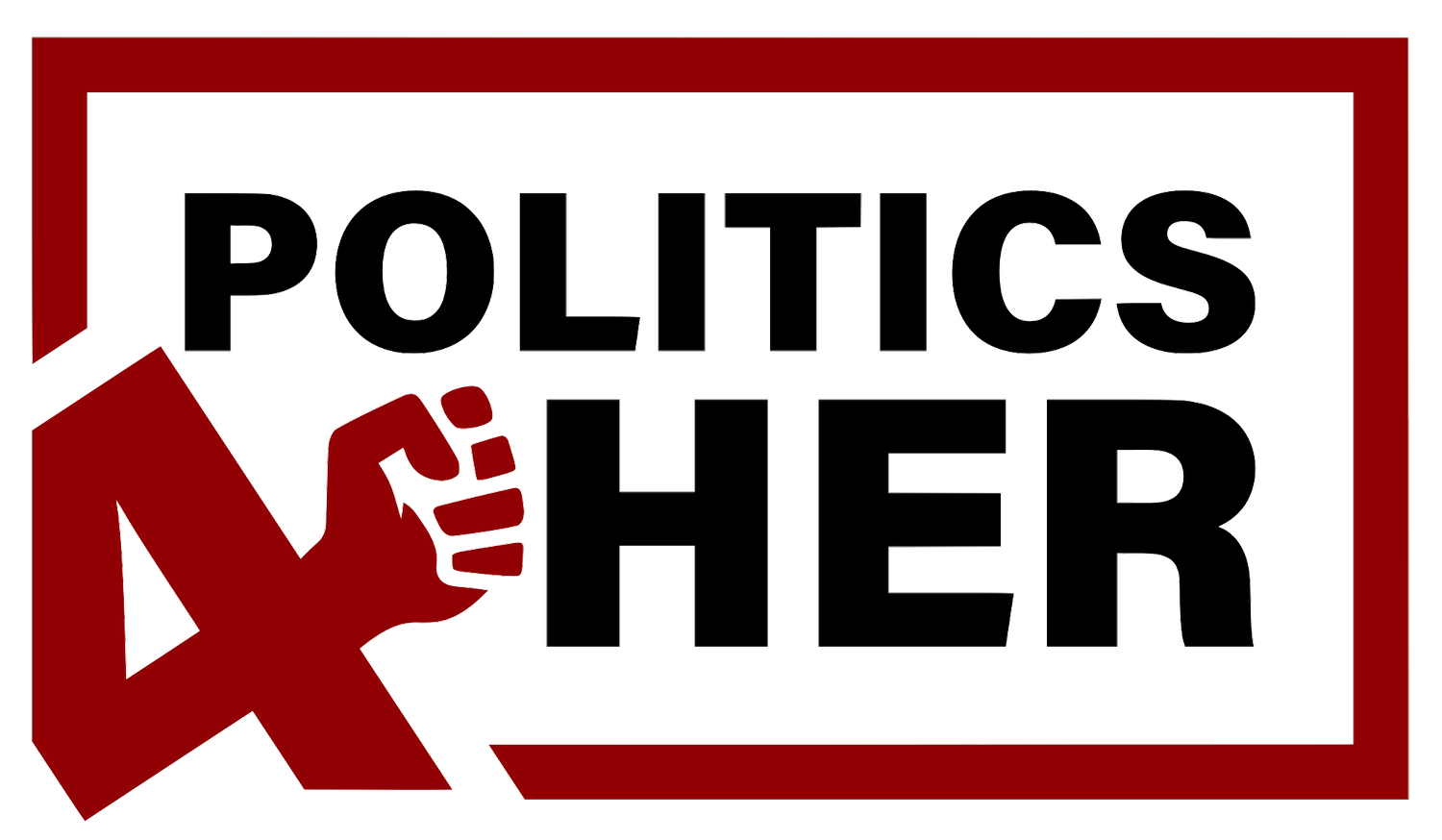The Importance of an Intersectional Reading of Technology-Facilitated Violence Against Women
Technology today has become a crucial driving force responsible for socio-cultural, economic and political transformation of the entire global community at large. By defeating the whole concept of borders and boundaries, technology has enabled the most authentic celebration of globalisation, while also helping streamline marginalised communities to be mainstreamed into the path of sustainable development; especially women and girls at the grassroots. At the same time, however, it also vital to acknowledge the flip-side of this coin and understand the dangers technology and digital platforms pose for them. This is currently articulated as ‘Technology-facilitated Violence Against Women’ (TFVAW).
To set a conceptual context to this discussion, Violence Against Women (VAW) refers to both acts and threats of acts that can harm the physical, psychological, and sexual well-being of women, due to their gender. The scope of this definition is limited to offline spaces only wherein there is some knowledge about the perpetrator. TFVAW, however, goes a step ahead from this and refers to the usage of digital tools and platforms to commit or further exacerbate harm to the physical, psychological, sexual, social, political and/or economic well-being of women. Examples of this include revealing of personal information, online stalking, misogynistic speech, trolling and threats of offline violence to mention a few.
The 67th Commission on the Status of Women (CSW) held in 2023, encapsulates the core essence of TFVAW accurately. According to them, “Online spaces provide new venues for violence against women, offering perpetrators increased anonymity and impunity. Discrimination in the tech sector and bias in automated systems themselves perpetuate and further entrench gender inequalities. And a lack of global laws and regulations leaves vulnerable groups further exposed to rights and privacy violations.” This also further pushes for a deeper study of the phenomenon since the need of the hour is to have more robust policy and legal structures that can help better secure women and girls on digital platforms.
The question that now arises is: how can we understand the concept of TFVAW better? The answer to this lies in intersectionality. Intersectionality takes into account the multitude of social labels (inclusive and not limited to religious affiliation, ethnicity, race, geographic location, socio-economic background, and sexual orientation) a person is attached to and uses this to examine the level of disadvantage that person may face in society. There has been tremendous research on why intersectionality is important in the study of violence against women, all of them commonly rooted in the idea that the experience of violence is different for women belonging to different social groups. Given the traction TFVAW has gained, especially in the last two years, it is vital the same school of thought is applied to studying it further.
In the context of TFVAW, intersectionality would be applicable not just to fathom the nature and degree of its negative impact on the victims, but also comprehend why perpetrators chose to carry out this form of violence against them. For instance, the Economist Intelligence Unit published their research on understanding the prevalence of TFVAW in the world, wherein they clearly specified that the highest numbers of prevalence were found in the South West Asia (98%) followed by Latin America and Caribbean (91%) and then Africa (90%). Reading this from an intersectional lens can help in deriving interesting perspectives on why such is the scenario. Some of the questions in this respect include: is this stemming from existing biases and stereotypes about these regions? Does the socio-economic progress in these regions have a role to play? Is there specific group of women that is being targeted and if so, what are the reasons behind it? Were the victims able to get access the help and support they needed to get through this? Finding answers to these questions would not only give us a holistic picture of how big the challenge is, but also shape the way policies are being framed to tackle it at the local, regional, national, and international level.
Violence against women is endemic in nature and is now occupying both the offline and online spaces at a fast rate. This, in turn, also makes it a big challenge for countries individually and the global community at large to make timely progress in developing themselves. The starting point to resolve this is to first equip ourselves with tremendous knowledge about it, which will only happen when we adopt inclusive and holistic approaches to our study of it, thereby making intersectionality in this context extremely important.
References:
Frequently asked questions: Tech-facilitated gender-based violence. (n.d.). UN Women – Headquarters. https://www.unwomen.org/en/what-we-do/ending-violence-against-women/faqs/tech-facilitated-gender-based-violence#:~:text=Technology%2Dfacilitated%20gender%2Dbased%20violence,girls%20because%20of%20their%20gender.
In focus: UN Commission on the Status of Women (CSW67) | UN Women – Headquarters. (2023, February 27). UN Women – Headquarters. https://www.unwomen.org/en/news-stories/in-focus/2023/02/in-focus-un-commission-on-the-status-of-women-csw67
Measuring the prevalence of online violence against women. (n.d.). Economist Intelligence Unit. https://onlineviolencewomen.eiu.com/
About the author:
Tapakshi Magan is an avid reader and feminist with a deep interest in strategizing sustainable development policies, focusing on gender equality and feminist policy-making. She is currently working on understanding how private sector companies can support generation of social impact through the lens of gender equality. Her areas of interest include the women, peace and security agenda, addressing sexual and gender based violence against women and incorporating gendered perspectives in international development.
